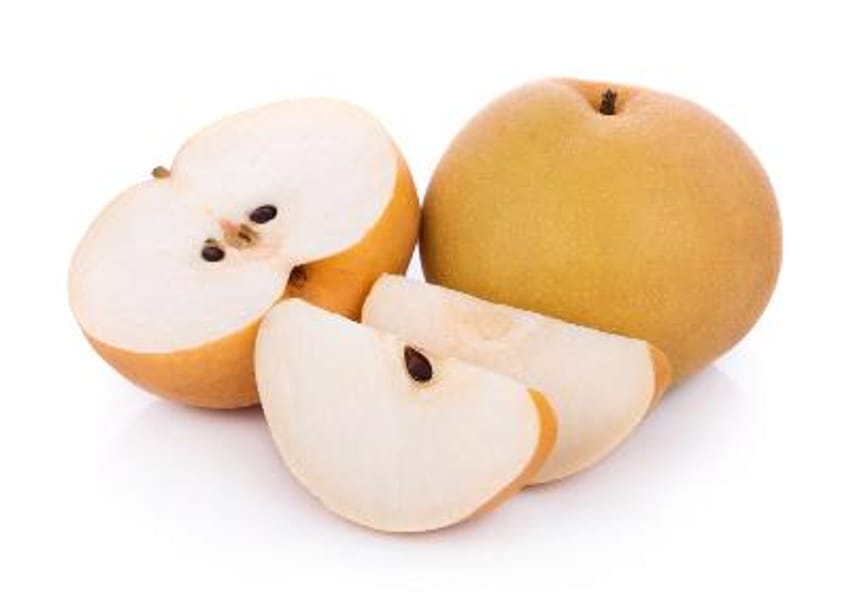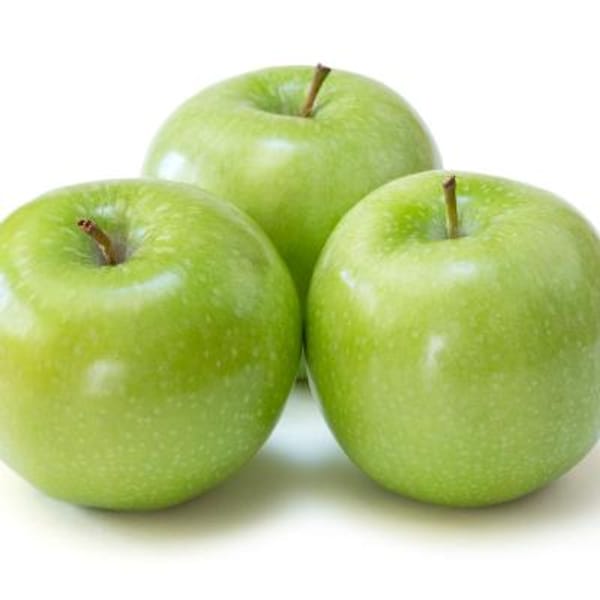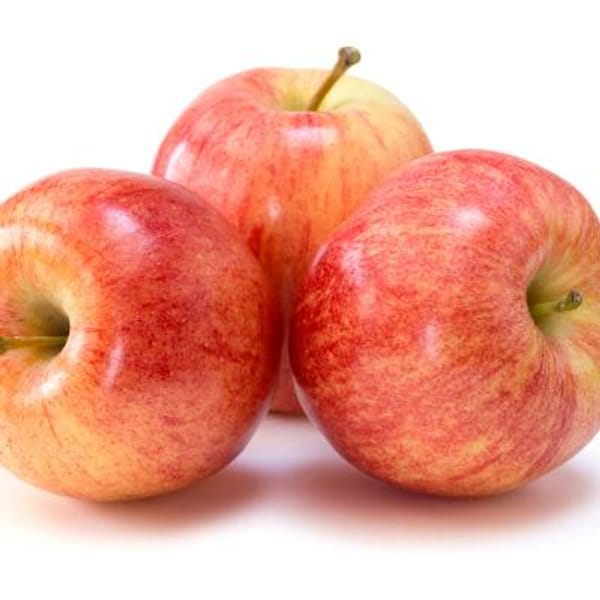Last Chance Sale! 20% off ALL Bare Root Fruit Trees (while supplies last)
Hosui Asian Pear- Variety Information
- The Best Tasting Asian pear.
- Juicy, sweet, flavorful, refreshing, and crisp like an apple.
- Hosui Asian Pear is a dense yet crispy pear with fine texture and complex sweet flavor.
- Large, brownish-orange russeted skin.
- Good choice for milder climates.
- Pollinated by Shinko, Chojuro, Bartlett, or 20th Century.
- Cold hardy, drought-resistant, heat tolerant.
- Susceptible to fire blight and coddling moth.
- Fruit should be thinned to one per spur.
- Plant 2 varieties for best pollination.
- By pruning, keep your tree to any size.
- Harvest 4-5th year.
- Approximate harvest period (for Central CA): August.
- USDA Zone 5-10, Requires 300-400 chill hours to set fruit.
- Protect when temperatures fall below -20°F.
- Grafted onto OHxF87 semi-dwarf roostock
- Click here to view "Fruit Tree Rootstock Information"
- This fruit tree is shipped dormant and bare-rooted.
- Please see our "Dormant Tree & Plant Guarantee" below
Click here for our Bare Root Fruit Tree Growing Guide (pdf)
Guia de cultivo para un arbol de raiz desnuda
Optimize Shipping: Shipping is calculated by box size. We can fit up to 8 bare-root fruit trees in a box. Multi-budded fruit trees and Jujube trees will count as 2 due to branching. Optimize your shipping by ordering multiple trees.







